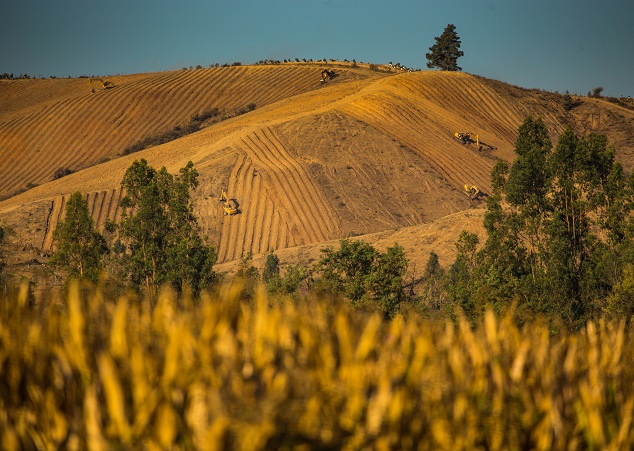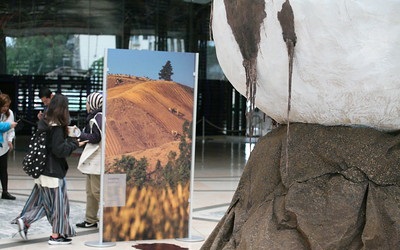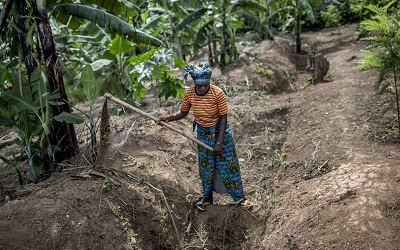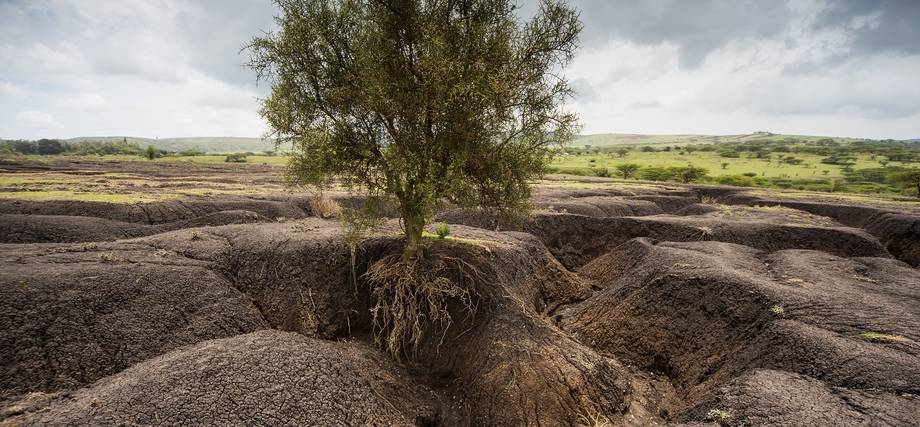Latest stories

Let's #StopSoilErosion to ensure a food secure future
08/05/2020
One of the key ingredients to a #ZeroHunger future is the soil beneath our feet. Although it may not look like much, soil is full of water, nutrients and microorganisms that are vital for growing our food.

Save Our Soils: Finding ways to stop erosion
15/05/2019
Wind, rain and industrial farming techniques accelerates soil erosion and can be mitigated before the world faces calamitous losses in terms of agricultural yields and critical ecosystem functions.
In action

Global Symposium on Soil Erosion
15-17 May 2019, FAO headquarters
More than 500 participants from 104 countries, including member states, scientists and practitioners, the agrochemical industry, and civil society attended the meeting.

Implementation plan
Outcome document of the Symposium
The recommendations of the Outcome document support sustainable soil management and land use planning strategies to enhance the prevention, minimization of soil erosion.

Farmers' talks
Video contest on soil erosion
Farmers, NGOs and the civil society have much to say on how to 'Stop soil erosion'. Their short reportages draw attention on the global issue of soil loss and the urgent need for collective efforts.












